2025’s Best: Yeast Infection on Dogs Skin Solutions
Does your dog constantly scratch, smell odd, or have red scaly skin? It might be a yeast infection on dogs skin. In this guide, we’ll explain how to identify, treat, and prevent yeast in dogs skin, including tips on using the best shampoo for yeasty dogs and daily care to help your pup feel better quickly.
Step 1: Spotting yeast infection of dogs skin
Start by checking your dog’s skin carefully. Look for signs like:
Redness, black patches, or scaly skin
Hair loss in certain spots
Strong, musty odor from the skin
Besides visible symptoms, pay attention to behavior changes. Your dog may:
Scratch or lick nonstop
Shake or tilt its head if ears are affected
Walk in circles or lose balance
Sometimes what looks like a dogs skin yeast infection could be allergies. Switching foods or shampoo back to old ones may help. For confirmation, let your vet run allergy tests.
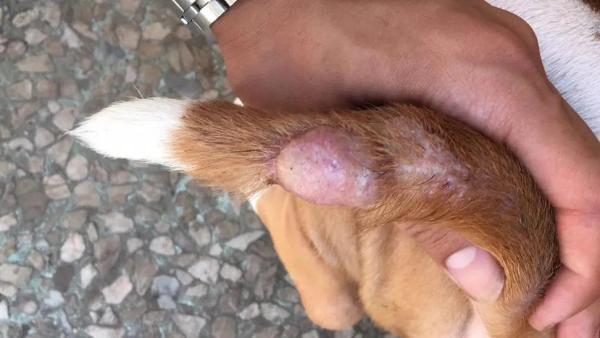
Step 2: Treating yeast infection on the skin of dogs
1. Use antifungal shampoos containing chlorhexidine, miconazole, or ketoconazole. Let it sit on the coat for 10 minutes before rinsing. Repeat every 3–5 days for a few weeks until symptoms clear.
2. Apply topical creams like miconazole twice daily for 7–10 days on affected spots.
3. In stubborn cases, your vet might prescribe oral antifungals (like ketoconazole or fluconazole). These treatments can take weeks or months and may need liver monitoring.
4. Keep your dog’s ears clean—use dog ear cleaners and gently apply antifungal cream if needed. Severe ear infections might need oral medication or even surgery.

Step 3: Preventing future yeast infection on skin on dogs
Humidity and warmth trigger yeast infection of dogs skin. Keep your dog indoors on hot, humid days and always dry folds after baths. Certain breeds like Bulldogs and Basset Hounds are more prone to yeast due to skin folds.
Healthy immunity keeps yeast in check. Ensure vaccinations are up to date and check for cuts after outdoor play. Dogs on immune-suppressing drugs have a higher risk.
Continue topical treatments for up to two weeks and keep bathing your dog to remove excess yeast.
Everything Our Vets Recommend
Everything Our Vets Recommend
Extra tips to help your dog
Ask your vet about ways to stop scratching, whether genetics play a role, or if allergies could be causing the infection. Combine treatment with gentle care, and consider a flea shampoo for dogs to reduce skin irritation.
Switching to a bland diet for sensitive dogs or using the best flea shampoo for dogs may also help reduce skin stress.
FAQ - How to Identify and Treat Yeast Infection on Dogs Skin Naturally
Q: What are signs of a yeast infection on dogs?
A: Common signs include redness, odor, greasy skin, itchiness, and recurring ear infections.
Q: Can yeast infections be treated naturally?
A: Yes, using apple cider vinegar rinses, coconut oil, and probiotics can help, but severe infections need vet treatment.
Q: How can I prevent yeast infections on my dog?
A: Keep the skin dry, maintain proper grooming, and feed a balanced diet low in sugar and grains.
Summary
Yeast infection on the skin of dogs is common but treatable. Spot the signs early, use shampoo for yeasty dogs and follow vet advice. Keep your dog dry and healthy to stop yeast from coming back. For severe cases or repeat infections, always consult your vet promptly to keep your dog comfortable and happy!
You May Like:
- 2025’s Best Flea and Tick Shampoo for Dogs – New Formulas
- Avoid These: Flea and Tick Medication for Dogs That Deliver
- Best Flea and Tick Prevention for Dogs: Year-Round Protection
- Best Flea Shampoo for Dogs: Fast-Acting Solutions
User Comments
Does flea treatment kill ear mites too?
Can dogs take human probiotics?
Can dogs have people probiotics safely?
Related Articles
View all
How to Get Rid of Dog Allergies Naturally: Common Mistakes

Dog Allergic Reaction Eye Swelling: Hidden Mistakes to Avoid

Why Do Bulldogs Scratch? Bulldog Skin Allergies Guide
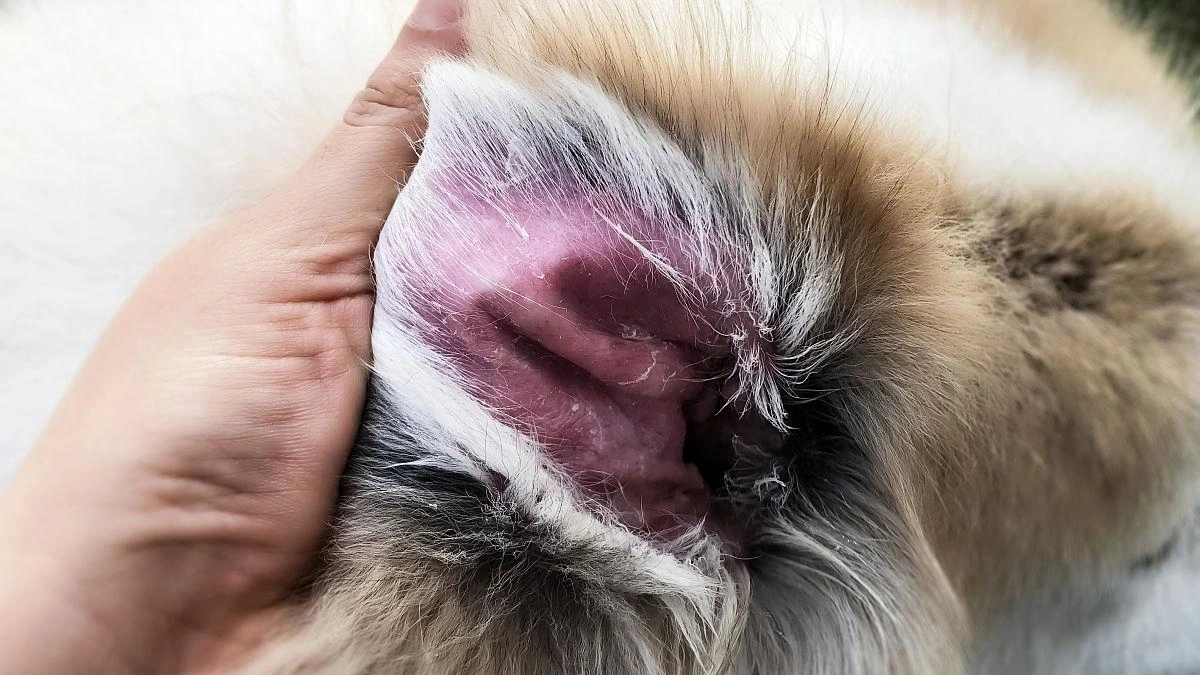
Cure for Dog Skin Allergies Owners Often Miss

How to Get Rid of Dog Allergies Naturally: Common Mistakes

Dog Allergic Reaction Eye Swelling: Hidden Mistakes to Avoid

Why Do Bulldogs Scratch? Bulldog Skin Allergies Guide

Cure for Dog Skin Allergies Owners Often Miss
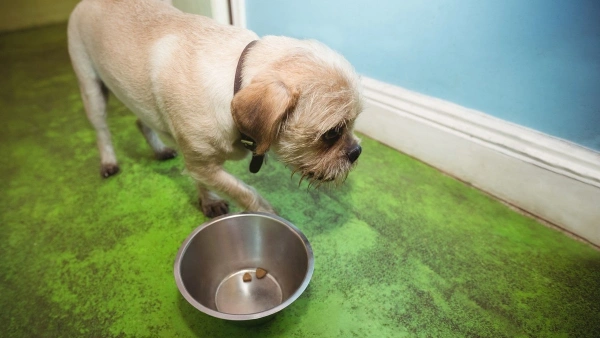
Vet-Recommended Wet Dog Food for Sensitive Stomachs — 2025 Guide
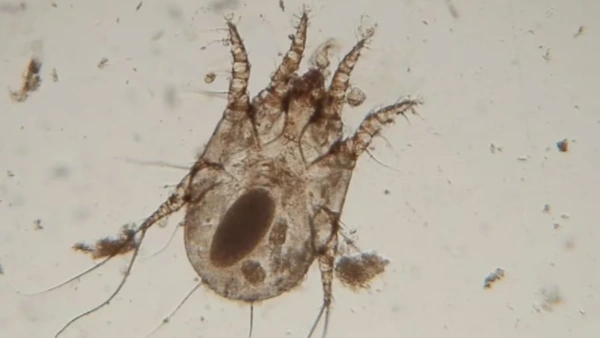
Dog Dust Mite Allergy: Symptoms, Treatment, Prevention

Can Allergies in Dogs Cause Diarrhea and Vomiting? Explained

10 Pitbull Health Problems You Should Know in 2025 — Tips
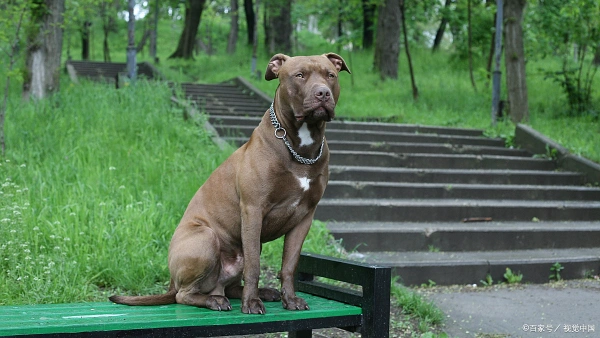


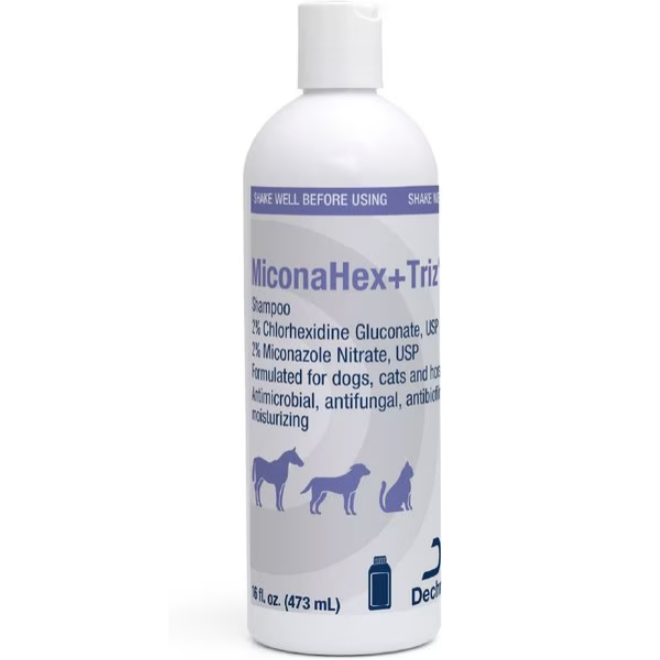
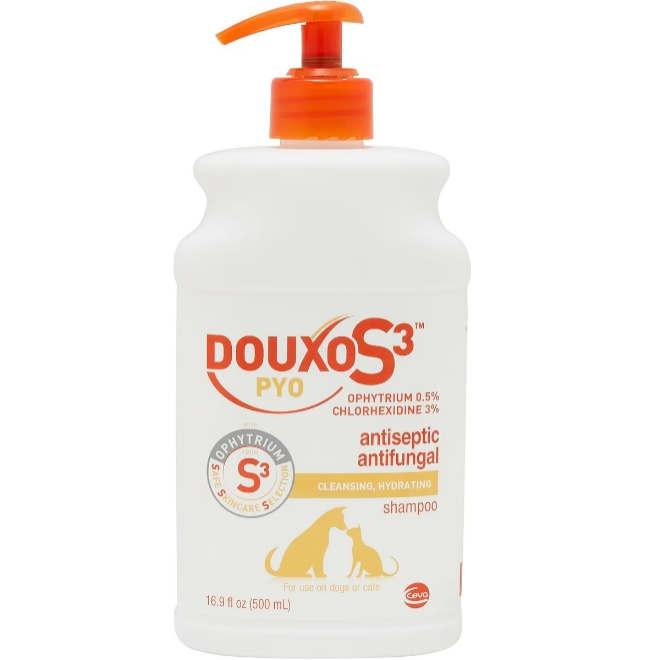
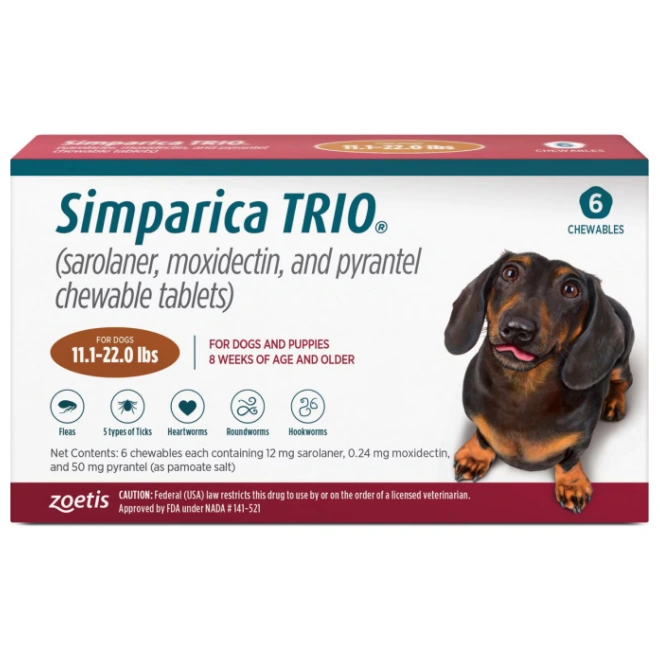
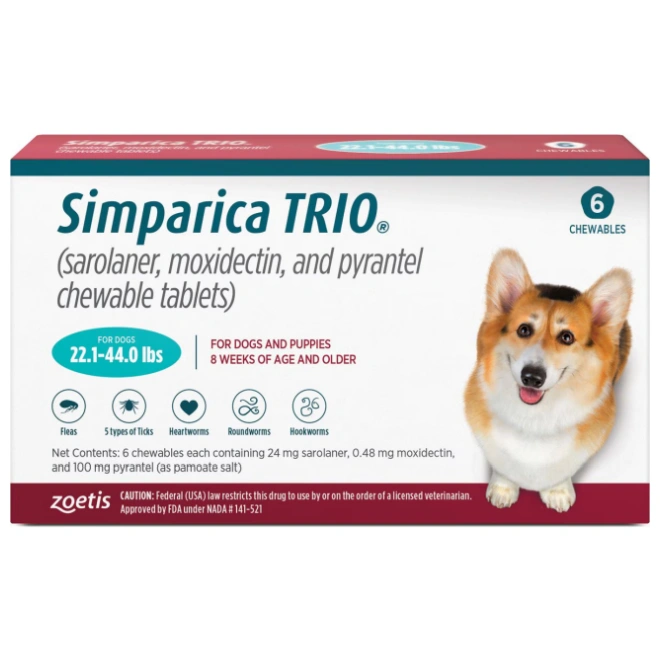
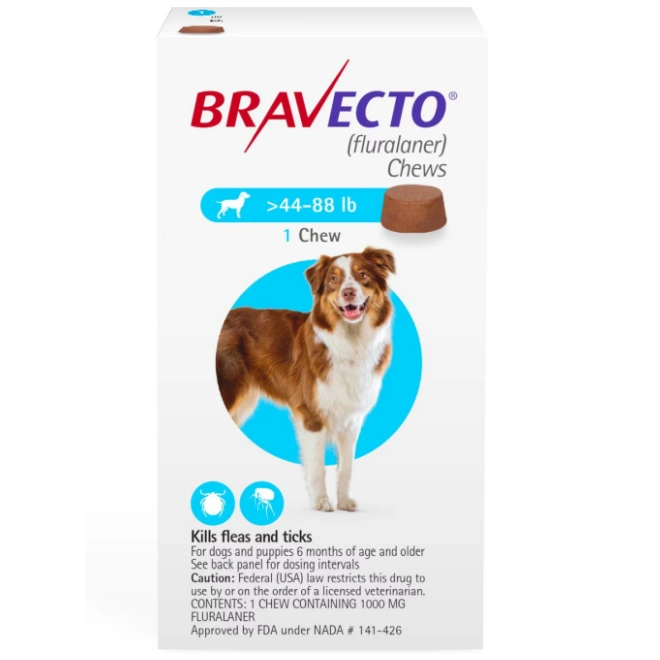
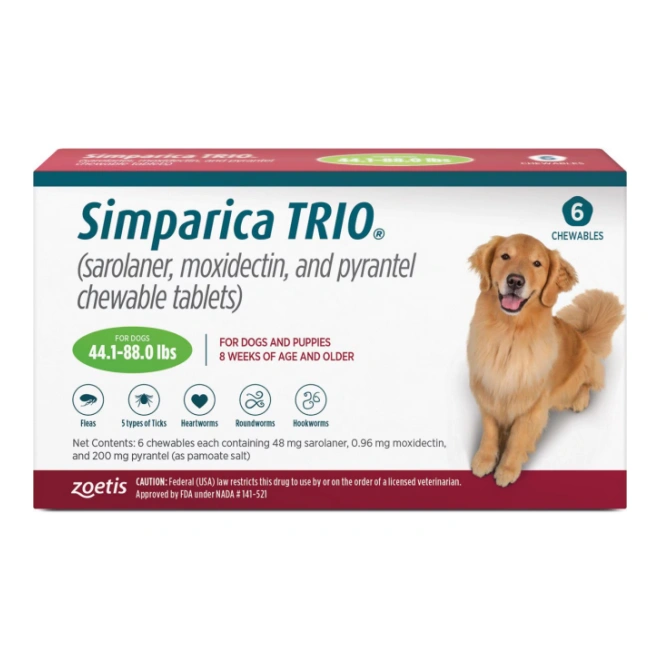








Leave a Reply